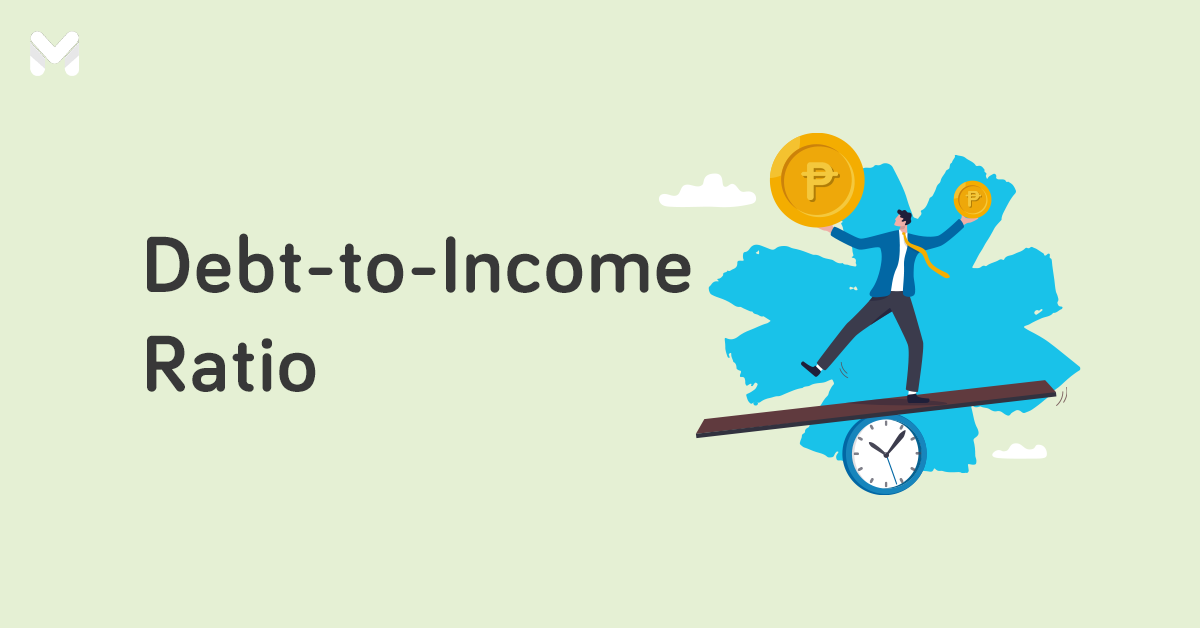To achieve financial wellness and freedom, you must first learn how to manage your money and plan how to achieve your goals. Fortunately, making a financial roadmap isn’t as scary or complicated as it sounds.
If you don't have one yet, now’s the best time to make yours. Failing to do it won’t bode well for your future—it can affect your life in more ways than one.
Don’t know where and how to get started? Here’s a step-by-step guide to preparing your financial roadmap.
What is a Financial Roadmap?
-Jan-12-2024-08-46-16-5334-AM.png?width=600&height=400&name=Pics%20for%20blog%20-%20600x400%20(14)-Jan-12-2024-08-46-16-5334-AM.png)
A financial roadmap is a guide that helps you determine where you currently are regarding your finances, where you should go based on your priorities and goals, and what you must do to achieve financial success without a hitch.
Every person's financial roadmap is different. You can customize it according to your current financial situation or goals.
It involves analyzing spending habits, making saving strategies, or investing in professional growth. Your financial roadmap can also focus on long-term investing, asset protection, retirement, and estate planning.
🗺️ Why is it Important to Create a Financial Roadmap?
Creating a personal financial roadmap will help you decide whether a financial decision is putting you on the right path to achieving your goals or taking you off it.
Going through life without a financial roadmap will be akin to setting out to sea without any idea where you’re going. You’ll stay adrift until you eventually reach the shore.
🗺️ When to Set Up a Financial Roadmap
Don’t just wing it and hope for the best—your future is too important. As early as now, you need to make sound decisions about money to achieve your life goals, and that’s easier done with a financial roadmap.
How to Set Up Your Roadmap to Financial Success
Step 1: Organize Your Finances
-Jan-12-2024-08-47-44-3592-AM.png?width=600&height=400&name=Pics%20for%20blog%20-%20600x400%20(15)-Jan-12-2024-08-47-44-3592-AM.png)
Take a long, hard look at your present financial status. Consider this an annual financial check-up. Knowing the state of your financial health can help you nip a potential issue in the bud before it gets full-blown—similar to when you undergo an annual physical examination every year.
To do this systematically, find out your net worth.[2] List all your total assets (cash savings, properties, emergency fund, etc.) minus your liabilities (taxes, personal loans, home or car loans, credit card bills, etc.) for the year.
Computing your net worth helps you know how much you own and owe and if you need to adjust your goals and budget.
Step 2: Set Your Financial Goals
Goal-setting is the next step in making your financial roadmap.
What do you want to accomplish by the end of the year and in the long term? Do you have a big expense coming up this year? Whether you plan to get married, travel overseas, or buy a new car, your financial goals must be SMART[1] (specific, measurable, attainable, relevant, and time-bound).
Next, set short-term goals that are aligned with your long-term goals. For example, set a realistic amount you can set aside each week or month to fund each life milestone.
Read more: Get Your Finances in Shape: 23 Goals to Add to Your List
Step 3: Evaluate Your Budget
Review your current spending habits to know where your money comes from and where it goes each month. See which items you can cut to put the money you save toward your goals.
For example, break down your expenses into essentials and non-essentials. Your groceries and gas expenses are essentials, while your movie and music streaming subscriptions are non-essentials. Prepare to make the necessary changes or adjustments for your goals.
Related:
- How to Budget Money: Your Guide to Making a Personal Budget Plan
- Get Your Finances in Order with the Best Budget Apps in the Philippines
- How to Spend Money Wisely When You’re Trying to Save
Step 4: Secure Your Emergency Fund and Insurance Policies
-Jan-12-2024-08-49-58-2157-AM.png?width=600&height=400&name=Pics%20for%20blog%20-%20600x400%20(16)-Jan-12-2024-08-49-58-2157-AM.png)
Are you, your family, and your assets protected against any emergency that can put your finances in peril? Before increasing your wealth, you must build a solid foundation for your financial roadmap through an emergency fund and an insurance policy.
At least six months’ worth of income can cover most unexpected events that lead to income loss, such as unemployment, serious illness or injury, and calamity. Automate it so your funds regularly go to a separate savings account.
Meanwhile, if you have no life insurance, don’t delay getting one for your loved ones' financial protection. If you recently got a car, don’t skimp on comprehensive car insurance as well.
If you already have a policy, update all your insurance policies as needed, such as if you recently had a child.
Read more: Planning to be a Parent? Here’s What You'll Spend on Raising a Child
Step 5: Pay Off Your Debts
Debt is a huge stumbling block to achieving your goals. Plus, it causes sleepless nights!
Your financial roadmap must include actionable strategies on how to pay off your credit card debts and loans, or at least minimize them. As much as you can, cut down on unnecessary expenses so you can pay off your debts.
Step 6: Prepare an Investment Strategy
You must also consider how to grow your money and earn passive income when setting up your financial roadmap. No single investment vehicle works best for everyone. So study your options to determine which fits your risk appetite and financial capability.
Don’t worry, there’s no limit on how many investments you can make. Investing in mutual funds, stocks, or UITFs (unit investment trust funds) won't cost much. If you can start building or diversifying your investment portfolio this year, the better you can build funds for your long-term goals.
Step 7: Think About Your Retirement Goals
-Jan-12-2024-08-52-28-1380-AM.png?width=600&height=400&name=Pics%20for%20blog%20-%20600x400%20(17)-Jan-12-2024-08-52-28-1380-AM.png)
As early as today, know what your personal retirement goals are. Consider what activities you’ll be doing once you retire so you can get an realistic estimate of your future expenses. Reflect on the following:
- Do you plan to travel a lot?
- Are you planning to take up new hobbies or courses?
- Will you live in your current home or move out of the city into a smaller house?
- Do you plan to live solely on your pension and retirement fund?
- Do you plan to run a small business?
Next, create your retirement strategy based on your current and planned retirement age.
If you don’t have an employment-sponsored retirement, you must beef up your savings to live comfortably in your golden years. Put funds in your retirement savings consistently. If your budget permits, acquire income-generating assets that can support you during your retirement.
Step 8: Don’t Skip Estate Planning
In your financial planning roadmap, you must also look out for your loved ones' future needs. Create a will to ensure your loved ones inherit your assets. Pay for the estate taxes so they won’t be financially burdened when you pass on.
Your estate planning may also include who should handle your affairs or how you’d like to be cared for when you’re no longer physically able.
Read more: Final Expenses: Here is the Cost of a Funeral in the Philippines
Final Thoughts
Failing to plan is planning to fail. This saying could not be truer when it comes to managing your finances.
Without a thorough financial plan, you won’t be as disciplined and organized with your money as any responsible adult should be. Develop your financial roadmap as early as now to ensure that you’re on track with your finances.
Sources:
- [1] SMART Goals (Mind Tools)
- [2] What Is Your Net Worth? (The Balance, 2022)







_CTA_Banner.png?width=751&height=219&name=Singlife_Main_KV_(Sep_2023)_CTA_Banner.png)



